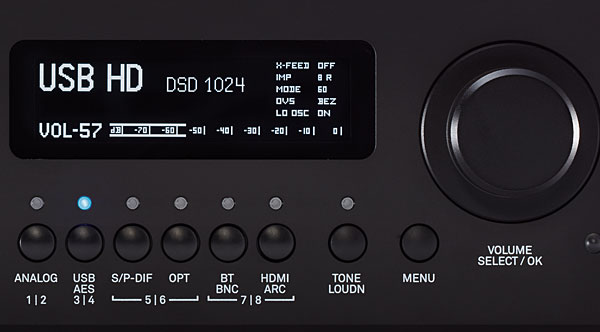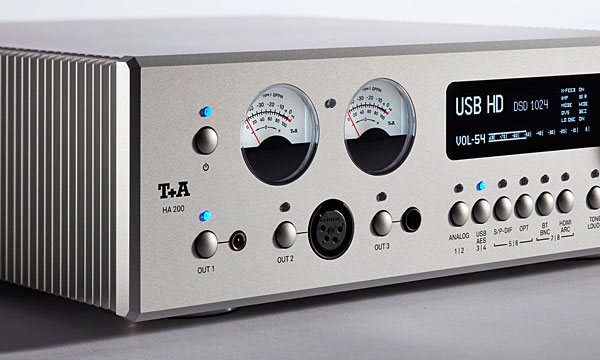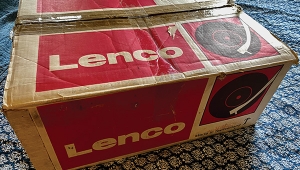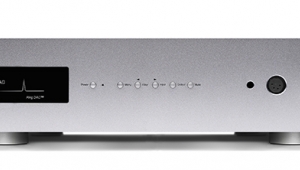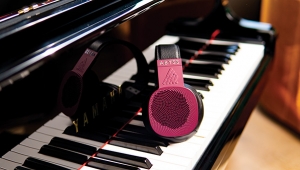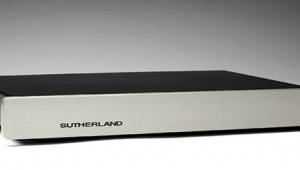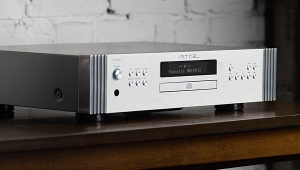| Columns Retired Columns & Blogs |
> But it gave me a chance to appreciate the extreme build quality of the Solitaire P. Materials, finish, and workmanship exceeded anything I've encountered,
This review was clearly written before the exquisite Apple AirPods Max came out. Speaking of which, will Stereophile review those headphones? Over the last two weeks, I've found them to be great.




